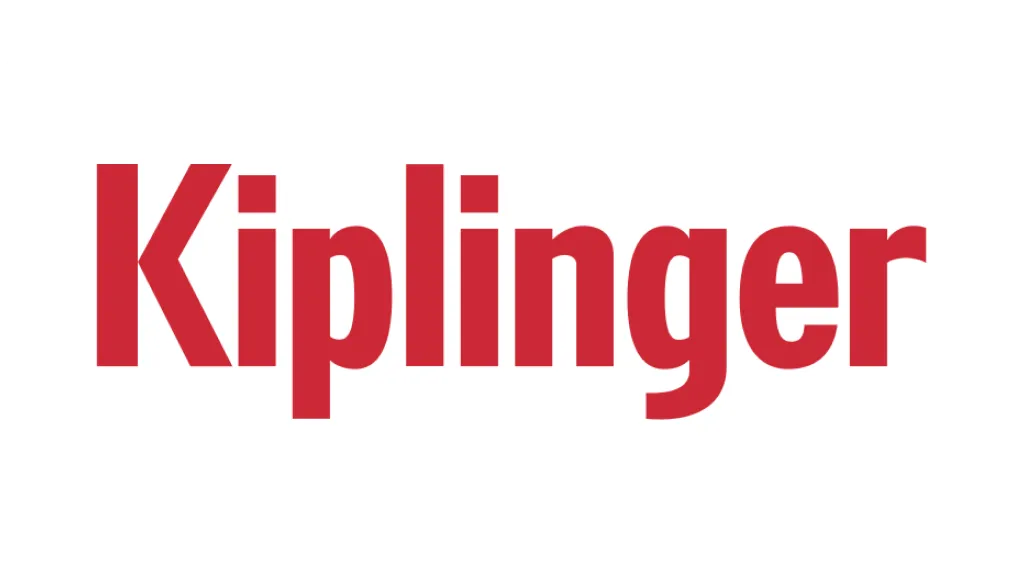Flat-Fee Financial Planning Built Around You
From getting started to retiring on time, we’ll help you make smart decisions with your money and avoid costly mistakes.
Flat-Fee Financial Planning Built Around You
From getting started to retiring on time, we’ll help you make smart decisions with your money and avoid costly mistakes.


We help you become wealthy and stay wealthy so that you can enjoy your life, one moment at a time.
No matter if you're buried in debt, new to investing, or already financially ahead, you deserve a plan that can help guide you towards your lifestyle and legacy goals. What do you need today so you can enjoy the life you want?
Planning
Create and maintain a custom financial plan.
Management
Full-service (done for you) wealth management.
Taxes
We'll help you file and minimize your taxes.
Investments
Enjoy professionally managed portfolios.
Benefits
Make the most of your employer's benefits.
Insurance
Only the coverage you need. Nothing extra.
Healthcare
Navigate ACA plans, Medicare, and more.
Real Estate
Guidance on your personal and rental real estate.
Business Exits
How to sell your business and what to do next.
Estate Planning
Protect your legacy and your loved ones.
One Plan. Two Paths.
Some people want a single, clear plan and they're good to go. Others want ongoing help to update, adapt, and optimize as life changes. We offer both.
Start with a one-time personalized plan and then choose whether to become a private client (membership) so your plan and portfolio is professionally managed or decide to walk away and do it yourself (one-time service). It's OK either way.
A More Comprehensive Experience
We go beyond investments to help you manage every part of your financial life including taxes, insurance, employer benefits, 401(k) management, estate planning, and more.
Based on What is Right for You
It's all about you and your goals. We don't believe in one-size-fits-all plans. Enjoy clear and personalized guidance built around what matters most to you.
Flat and Transparent Fees
We don’t charge based on your account size because that never made sense to us. Just flat, honest pricing and real advice you can trust.
Memberships for Every Stage of Life
We offer four levels of ongoing support, so you get what you need (nothing more).
Essentials: For those getting out of debt, starting to save, or just getting organized.
Growth: For those looking to level up investments, insurance, and tax minimization strategies.
Accredited: For higher-income or accredited investors who want more expansive asset management.
Retirement: For those focused on how to retire and stay retired, including income planning, tax planning, Social Security optimization, healthcare planning, and much more.
Each level builds on the last and grows with you.
Support for the DIY Investor
Want professional advice but prefer to manage things yourself? We’ve got you covered. Our one-time planning option gives you a personalized financial plan that includes cash flow, taxes, investments, estate, and more. This is perfect if you:
- Want professional insight without ongoing fees
- Prefer to manage your own accounts
- Just need a second opinion to feel confident
- Are looking for an alternative to “1% of assets”
Need more help later? We're here if you need us.


If you could get more out of your money, when would you want to know?
Investing is easy. Knowing what to do with it all? That’s the hard part.
It’s never been simpler to open an account and start trading. What's difficult is building a personalized wealth plan that fits your stage of life while accounting for various risks, investments, insurance, healthcare, taxes, and more. That’s where we come in.
We create and maintain custom, comprehensive financial plans designed to help you get more out of your money... and your life.
Your Next Steps
Whether you're just exploring or ready to dive in, there’s a simple path forward.
Step 1: Schedule Your Intro Call
Chat with a planner, talk through your goals, and get your questions answered so you can determine if it makes sense to proceed with the creation of your personalized plan (or not). It's always OK to say no.
Even if we don’t end up working together, you’ll walk away with a few clear ideas that may be able to help you get more out of your money.


Step 2: Get a Personalized Plan
We’ll create a custom plan based on your goals. Once you see the full strategy, you can decide whether to manage it yourself or have us do it for you. You don’t pay until you’ve seen the results and choose to move forward.
Step 3: Decide Who Will Manage Your Plan
Once you have your plan, you can take it and run with it, checking in with us only when needed, or you can have our team manage everything for a simple, flat fee. We’re flexible, and you’re in control.

Read our articles on Kiplinger.com
Kedrec Wealth's founder, Michael Decker, has been a contributor to Kiplinger.com for many years. Click here to enjoy his articles like, "10 Ways to Generate Retirement Income" or "Three Common Cash Flow Mistakes and How to Fix Them."

Ready to See What’s Possible with Your Money?
Whether you're just getting started or nearing retirement, a 30-minute call could change everything.
CREATE A RETIREMENT PLAN DESIGNED TO LAST LONGER THAN YOU
HOW TO RETIRE ON TIME
In this book, you'll discover:
How to run the numbers and see when you can afford to retire (It’s easier than you think).
Learn why many common retirement income strategies may be riskier than you realize.
Discover proprietary retirement income strategies that may be able to help you have more control over your income while potentially lowering your risk.
How to proactively anticipate and manage your retirement during the market's ups and downs.
Why it’s typically not too late to course correct. If you have already retired, there’s still time to get on the right path.
And much more!

This book is a marketing publication for Kedrec, LLC

Explore Your Lifestyle and Legacy Potential™
Tel: 855-553-3732
9393 W 110th St Suite 100
Overland Park, KS 66210
This content on this website is provided for informational purposes only and is not intended to serve as the basis for financial decisions. It should not be construed as investment advice or a recommendation.
Investment advisory services are offered through Kedrec, LLC, a Kansas state Registered Investment Advisor. Insurance products and services are offered through its affiliate, Kedrec Legacy, LLC. We are not affiliated with the US government or any governmental agency.
Investing involves risk, including possible loss of principal. No investment strategy can guarantee success, ensure a profit or guarantee against losses. Insurance product guarantees are backed solely by the financial strength and claims-paying ability of the issuing company.
Insurance and annuity products involve fees and charges, including potential surrender penalties. Annuity withdrawals are subject to ordinary income taxes and potentially a 10% federal penalty before age 59-1/2. Life insurance generally requires medical and potentially financial underwriting to qualify for coverage. Optional features and riders may entail additional annual cost. Product and feature availability may vary by state.

